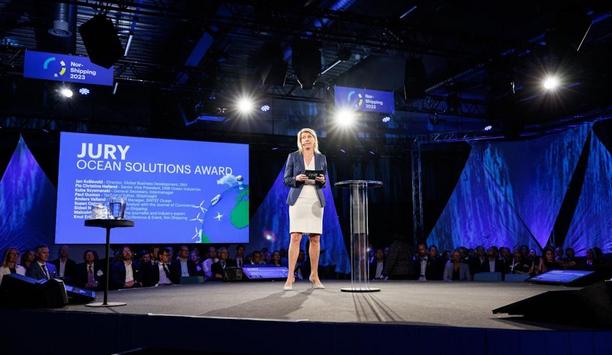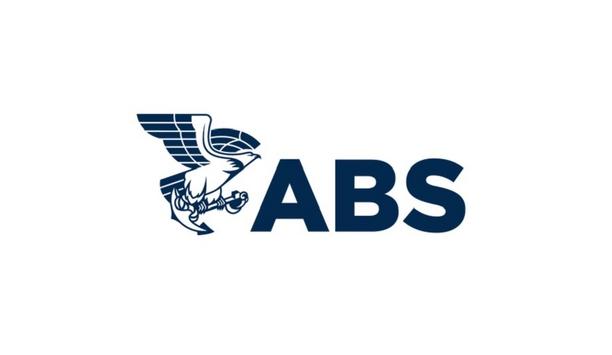30 shipping banks and 17 marine insurance providers and brokers announce that the Poseidon Principles will add additional trajectories to report climate alignment with a 1.5C future.
This new commitment will align the Poseidon Principles with the ambition of the UN and the latest available climate science.
Emissions reduction trajectory
The Poseidon Principles have committed to adopting an emissions reduction trajectory in line with net-zero commitments, as soon as such a trajectory or trajectories become available.
The Poseidon Principles provide a framework for financial institutions and marine insurers to measure and publicly report the climate alignment of ship finance and marine insurance portfolios with global climate action goals.
Shipping decarbonisation
We must accelerate our ambition toward the Paris Agreement’s 1.5C temperature goal"
“The urgency is clear. Because of the role that shipping plays in the global economy, we must accelerate our ambition toward the Paris Agreement’s 1.5C temperature goal," said Michael Parker, Chairman, Global Shipping, Logistics & Offshore, Citi and Chair of the Poseidon Principles for Financial Institutions.
"This new ambition will allow the Poseidon Principles to continue playing our role in incentivising and supporting the decarbonisation of shipping.”
Reduce GHG emissions
The Poseidon Principles are already aligned with the International Maritime Organization’s ambition to reduce GHG emissions from international shipping by at least 50% by 2050.
The Poseidon Principles for Marine Insurance also benchmark against an emissions reduction trajectory in line with a 100% reduction by 2050. The new commitment announced means that once a new trajectory based on credible and well-recognised sources is established and adopted by the members of the individual initiatives.
Highlighting two trajectories
The scope will be expanded to include all greenhouse gas species and to account for well-to-wake emissions
Signatories will benchmark their portfolios against two trajectories: one aligned with the IMO’s 50% reduction by 2050, and one aligned with net-zero by 2050 and a maximum temperature rise of 1.5C above pre-industrial levels by 2100, to meet the temperature goals of the Paris Agreement.
For the second trajectory to be consistent with a 1.5C future, the scope will be expanded to include all greenhouse gas species, and to account for well-to-wake emissions.
Real emissions data
“Access to real emissions data through the Poseidon Principles creates a tangible impact in our business as well as in the real economy,” said Patrizia Kern-Ferretti, Head of Marine, Swiss Re Corporate Solutions, and Chair of the Poseidon Principles for Marine Insurance.
"Establishing common global decarbonisation trajectories will help us make business decisions that reflect the latest available climate science. This is the right thing for us to do."









